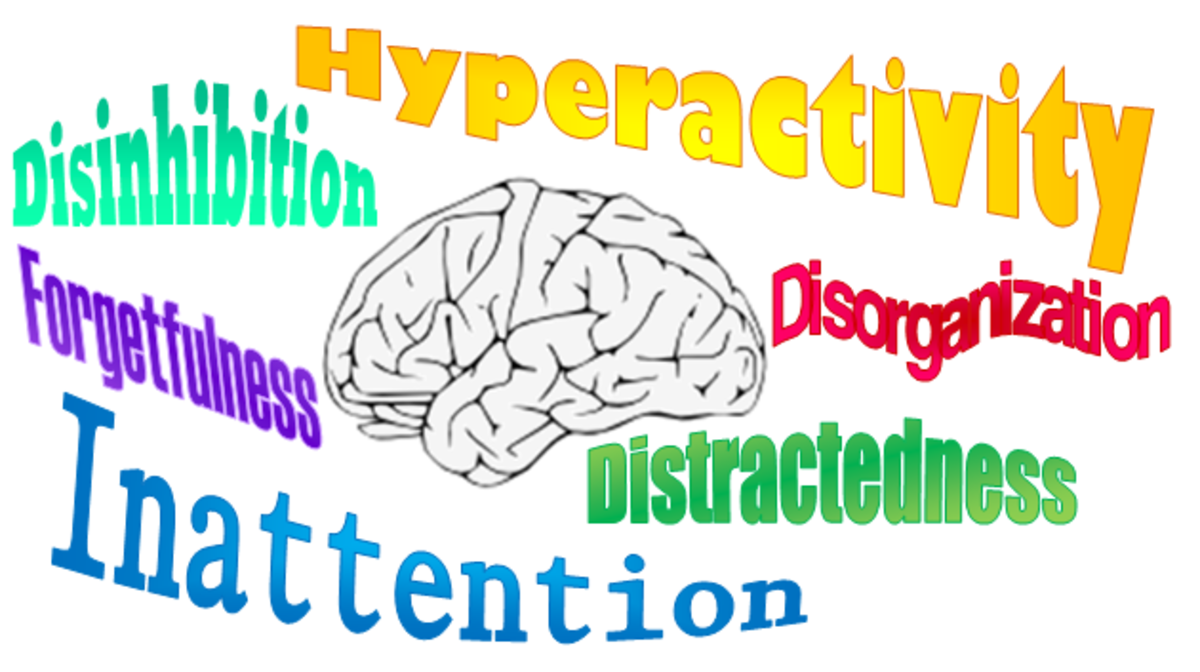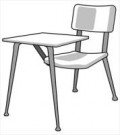How Teachers Should Be Evaluated


One of the most divisive talking points among K-12 faculty is how to grade a teacher in their profession. How does a teacher be evaluated as "bad" and subject to disciplinary action. In some school districts, teachers are evaluated based upon student test scores as how effective a teacher they are. This can range from 20 to 50% of a teacher's evaluation. Most teachers and their unions think this method is too simplistic and unfair and many times, students refuse to take standardized tests as a protest. In fact, most teachers view that basing evaluations heavily on student test scores is punitive and poorly reflect the reality of the effectiveness of a teacher. The whole point in evaluating how effective a teacher is from the administration's point of view is to find bad teachers.
Many districts have now renamed them to teacher improvement to reflect it is not a punishment process. Most teachers need some improvement but seldom have a good way of getting feedback. In most schools. the principal observes the teacher and rates them as to their effectiveness. Their personal biases, for whatever reasoning, occur, right or wrong. Many schools now use trained, third party, observers that evaluate the teacher on standard criteria. The feedback is not a grade but geared to improving skills where needed. Another component being used to evaluate with is to evaluate a student's progress by measuring whether they have made a year's improvement from the level previously at when school started. This would reflect the real difference a teacher made and would account for the many levels a teacher has to deal with in a single classroom. The evaluation would use test scores but also at the objectives set by the teacher for the students and see if progress was made. Standardized tests fail to do this well.
Truly bad teachers will be seen quickly and can be fired. But, they are in the minority overall. Like students, teachers are always learning also that make their techniques and methods more effective.








